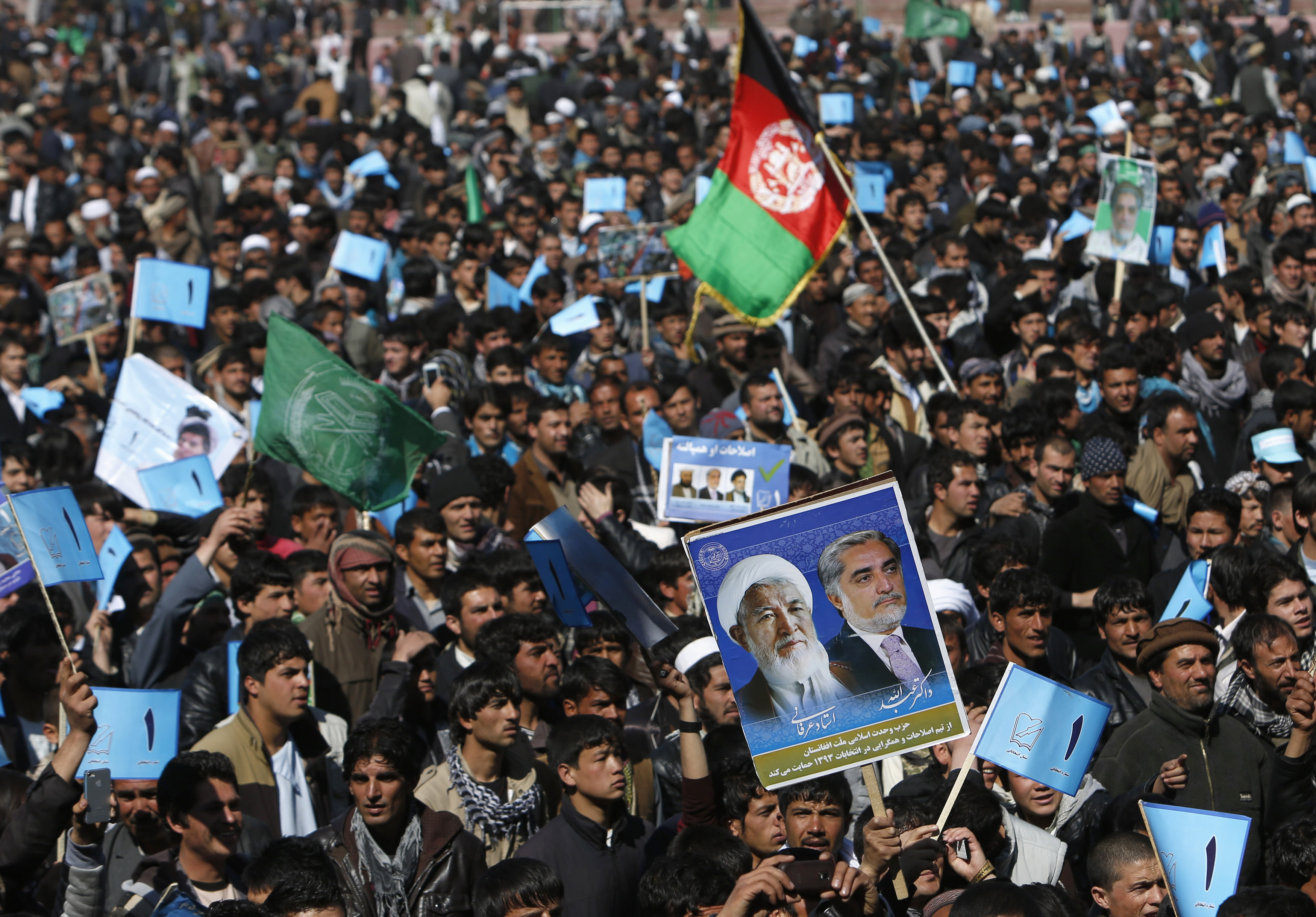Small States at the Top of Global Diplomacy: Different Tactics of Estonia and Norway on the UN Security Council
In 2021, Estonia and Norway serve as elected members on the UN Security Council. What can elected Council members hope to achieve in a setting marked by great power tensions and ineffective working procedures?
Read more











